An in-depth examination of Sudan’s Darfur conflict, detailing its origins, key players, pivotal events, and lasting consequences.
The Darfur conflict began in 2003 when two rebel groups, the Sudan Liberation Movement (SLM) and the Justice and Equality Movement (JEM), accused the Sudanese government of oppressing non-Arab populations. In response, the government armed and supported Arab militias known as the Janjaweed. These militias conducted widespread attacks on civilian populations, leading to mass killings, rapes, and the displacement of millions. The conflict has evolved over the years, with the Janjaweed rebranded as the Rapid Support Forces (RSF), continuing to perpetrate violence. Despite various peace agreements and international interventions, the region remains unstable. Recent escalations have seen renewed fighting, with significant humanitarian crises unfolding. The conflict has resulted in over 300,000 deaths and displaced more than 2.5 million people, making it one of the most severe humanitarian disasters of the 21st century.
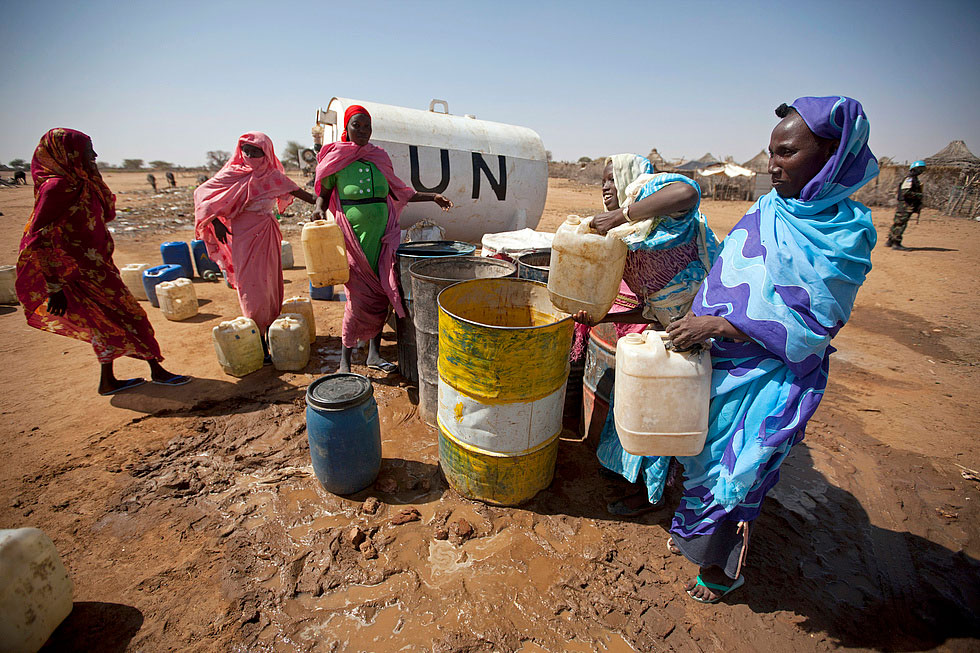
What Were the Reasons for the Darfur Conflict (2003–Present)
The Darfur conflict’s origins are rooted in a complex interplay of environmental, political, and ethnic factors.
Environmental Degradation: In the 1970s and 1980s, Darfur experienced severe droughts and desertification. These environmental challenges intensified competition over scarce resources like arable land and water, leading to increased tensions between nomadic herders and sedentary farmers.
Political Marginalization: The Sudanese government’s neglect of the Darfur region contributed significantly to the conflict. Infrastructure development, education, and healthcare services were minimal, leading to widespread dissatisfaction among the local population. This neglect fostered feelings of marginalization and resentment towards the central government.
Ethnic Tensions: Darfur is home to diverse ethnic groups, broadly categorized as “Arab” and “non-Arab” communities. Historical grievances and competition over resources exacerbated ethnic divisions. The government’s support for Arab militias against non-Arab rebel groups further deepened these divides.
Rebellion and Government Response: In 2003, the SLM and JEM launched attacks against government targets, citing the need to protect non-Arab populations and demand equitable resource distribution. The government’s response was to arm and support the Janjaweed militias, who carried out brutal attacks on villages suspected of harboring rebels.
International Dynamics: The global focus on other conflicts, such as the Iraq War, allowed the Darfur situation to escalate with limited international intervention. Regional dynamics, including Libya’s support for certain factions, further complicated the conflict.
These factors combined to create a protracted and complex conflict that has persisted for over two decades, with devastating consequences for the civilian population.
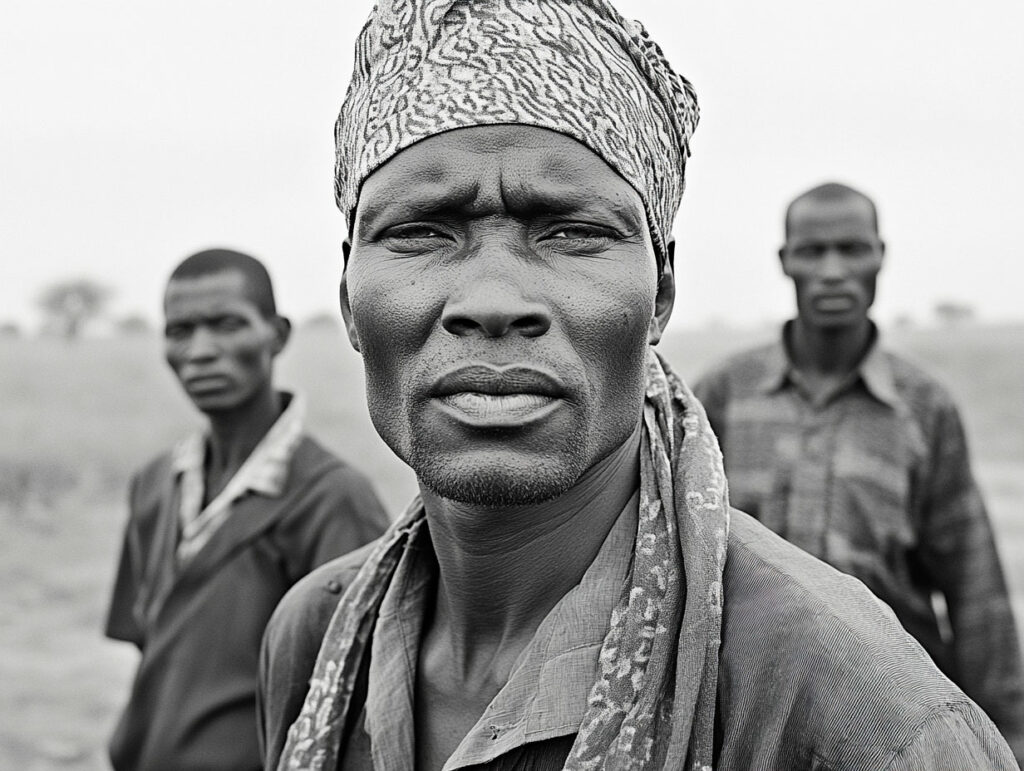
Who Was Involved in the Darfur Conflict (2003–Present)
Sudanese Government: Led by President Omar al-Bashir during the early years of the conflict, the government played a central role by arming and supporting the Janjaweed militias to suppress the rebellion.
Janjaweed Militias: These Arab militias were instrumental in executing the government’s counterinsurgency strategy. They conducted widespread attacks on non-Arab villages, leading to mass atrocities.
Rebel Groups:
- Sudan Liberation Movement (SLM): Primarily composed of the Fur ethnic group, the SLM sought to address the political and economic marginalization of Darfur.
- Justice and Equality Movement (JEM): With a broader national agenda, the JEM aimed to reform Sudan’s political system and address inequalities.
Rapid Support Forces (RSF): Formed from the Janjaweed in 2013, the RSF became a formal part of Sudan’s security apparatus. Under the leadership of Mohamed Hamdan Dagalo (Hemedti), the RSF has been implicated in ongoing human rights abuses.
International Actors:
- United Nations and African Union: Deployed peacekeeping missions (UNAMID) to protect civilians and facilitate humanitarian aid.
- International Criminal Court (ICC): Issued arrest warrants for key figures, including President al-Bashir, on charges of genocide and crimes against humanity.
- Neighboring Countries: Chad and Libya have been involved to varying degrees, either by hosting refugees or allegedly supporting certain factions.
Civilian Population: The primary victims of the conflict, civilians have suffered mass killings, sexual violence, and displacement. Various ethnic groups, including the Fur, Masalit, and Zaghawa, have been particularly targeted.
The involvement of these diverse actors has made the Darfur conflict one of the most intricate and enduring crises in recent history.
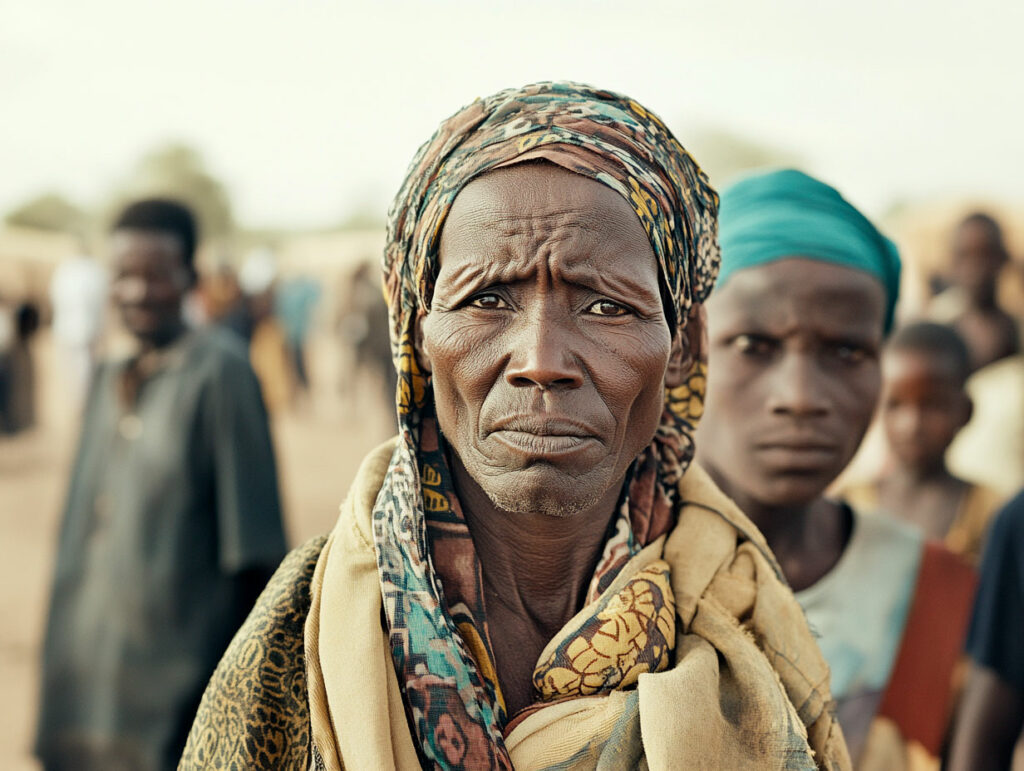
The Leaders of the Darfur Conflict (2003–Present)
Omar al-Bashir: As Sudan’s president from 1989 to 2019, al-Bashir was a central figure in the Darfur conflict. He is accused of orchestrating the government’s counterinsurgency strategy, which involved supporting the Janjaweed militias. In 2009 and 2010, the ICC issued arrest warrants against him for genocide, war crimes, and crimes against humanity.
Mohamed Hamdan Dagalo (Hemedti): Initially a Janjaweed commander, Hemedti rose through the ranks to lead the RSF. Under his leadership, the RSF became a powerful paramilitary force, accused of numerous human rights violations, including during the recent conflicts in Khartoum and Darfur.
Abdel Wahid al-Nur: Founder of the SLM, al-Nur has been a prominent rebel leader advocating for the rights of Darfur’s marginalized communities. He has consistently refused to participate in peace talks, demanding justice and accountability first.
Khalil Ibrahim: As the leader of the JEM, Ibrahim was instrumental in expanding the group’s influence beyond Darfur. He was killed in 2011 during a government airstrike.
Abdel Fattah al-Burhan: Sudan’s current de facto leader, al-Burhan has been involved in the power struggle with Hemedti’s RSF. Their rivalry has reignited violence in Darfur and other regions.
These leaders have played significant roles in shaping the trajectory of the Darfur conflict, influencing both its escalation and attempts at resolution.
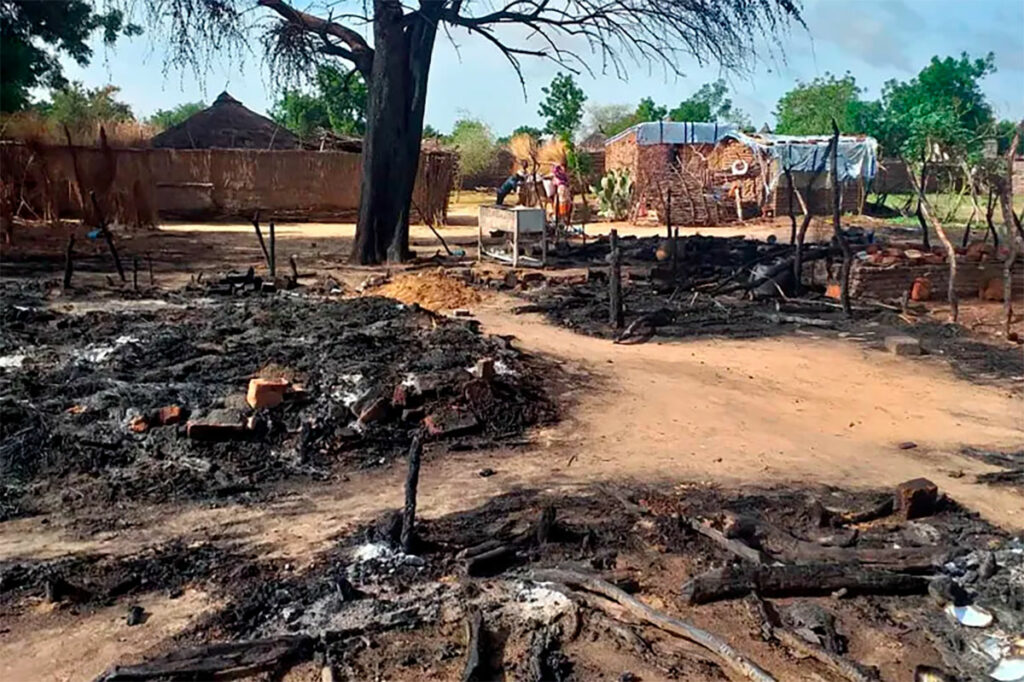
Was There a Decisive Moment?
Identifying a single decisive moment in the Darfur conflict is challenging due to its protracted nature. However, several key events have significantly influenced its course.
2004 International Attention: The global community began to take notice of the atrocities in Darfur, leading to humanitarian interventions and the deployment of peacekeeping forces. The U.S. government labeled the situation as genocide, increasing international pressure on Sudan.
2006 Darfur Peace Agreement: Signed in Abuja, Nigeria, this agreement aimed to end hostilities between the Sudanese government and the SLM. However, not all rebel factions agreed to the terms, leading to continued violence.
2009 ICC Arrest Warrant for al-Bashir: The ICC’s decision to issue an arrest warrant for President al-Bashir marked a significant moment, signaling international commitment to accountability. Nevertheless, al-Bashir remained in power until 2019.
2019 Sudanese Revolution: Mass protests led to the ousting of al-Bashir, raising hopes for democratic reforms and peace. However, the subsequent power struggle between military and civilian factions has led to renewed instability.
While these events have been pivotal, the absence of a comprehensive and inclusive peace agreement has prevented a decisive resolution to the conflict.
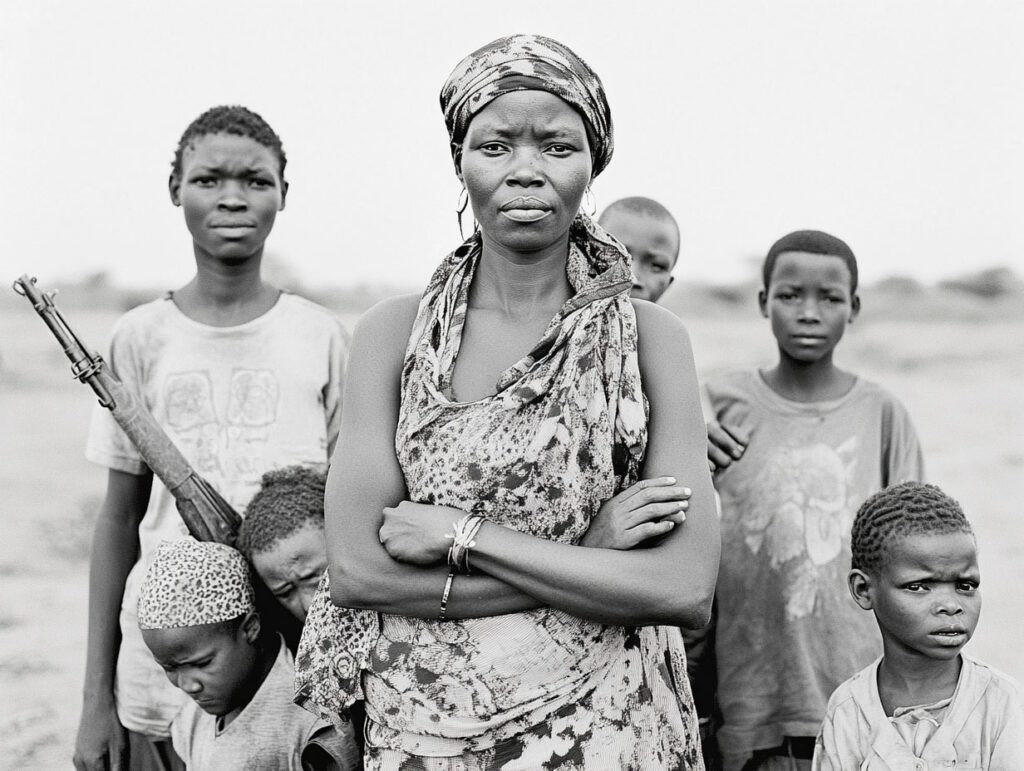
Major Battles of the Darfur Conflict (2003–Present)
Battle of Tine (2003): One of the earliest significant engagements, where rebel forces captured the town of Tine near the Chadian border, seizing weapons and supplies.
Attack on El Fasher Airport (2003): Rebels launched a surprise attack on the airport, destroying several government aircraft and signaling the seriousness of the rebellion.
Siege of Geneina (2004): Government and Janjaweed forces besieged the town, leading to mass killings and the displacement of thousands.
Battle of Muhajeria (2007): A strategic town contested by various factions, its control changed hands multiple times, reflecting the fragmented nature of the conflict.
Attack on Kalma Camp (2008): One of the largest IDP camps in Darfur was attacked, resulting in numerous civilian deaths and attracting international condemnation. Kalma Camp, hosting over 90,000 internally displaced persons, became a symbol of the humanitarian crisis in the region.
Battle of Jebel Moon (2010): This mountainous region in West Darfur saw frequent clashes between government-aligned forces and rebel groups. The rugged terrain made it a rebel stronghold, and government airstrikes targeted the area repeatedly.
2013 RSF Raids: The Rapid Support Forces launched coordinated attacks across South and Central Darfur, displacing over 200,000 people. Villages were burned, and reports of systematic rape and torture were documented by international observers and human rights organizations.
Geneina Clashes (2021): Following the 2019 ousting of Omar al-Bashir, violence erupted again in West Darfur’s capital, Geneina, between Arab militias and Masalit civilians. The RSF was accused of complicity in the killings. Over 100 people were reported dead in a few days.
Nyala Offensive (2023): During the broader conflict between the Sudanese Armed Forces (SAF) and the RSF, fighting reached Nyala, the capital of South Darfur. The city’s infrastructure was devastated, and more than 250,000 civilians fled the area amid gunfire, artillery strikes, and looting.
El Geneina Massacres (2023–2024): These were among the most brutal incidents in the post-2019 phase of the conflict. Arab militias, often supported by RSF elements, targeted Masalit communities, killing thousands and displacing tens of thousands into eastern Chad. Entire neighborhoods were emptied and burned.
These battles show that the war in Darfur has never been static. Different phases have seen varied actors and shifting strategies, but civilian populations have remained the primary victims throughout. Each clash intensified the humanitarian crisis and made political reconciliation increasingly difficult.
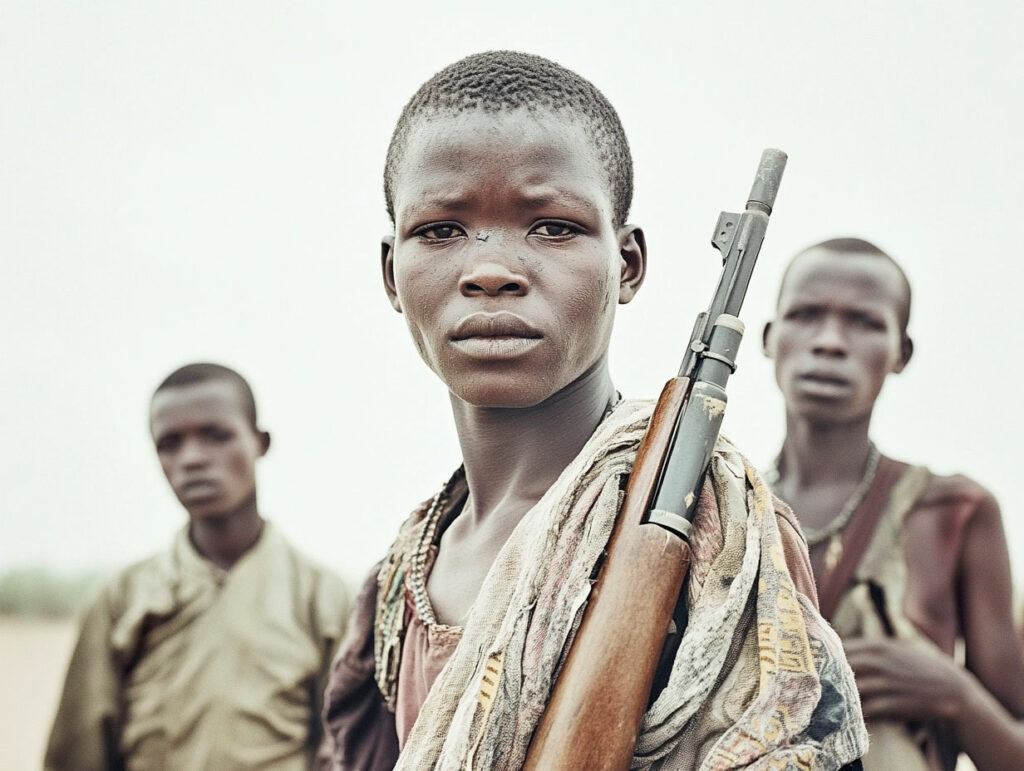
Was There a Turning Point?
The conflict in Darfur evolved in waves, but 2019 marked a clear shift in its dynamics. The ousting of Omar al-Bashir after months of civil protests removed the central figure behind much of the state-sponsored violence. His fall raised hopes that peace could follow.
The transitional government formed between civilians and military factions proposed new peace agreements and resumed negotiations with long-standing rebel groups. In October 2020, the Juba Peace Agreement was signed between the government and several armed groups, including factions of the SLM and JEM. It promised power-sharing, return of displaced persons, and justice for war crimes.
However, several rebel factions, notably SLM-Abdel Wahid, rejected the agreement. Implementation was slow, and local conflicts persisted. Militia attacks in Darfur continued, especially in areas like Geneina and Zalingei, raising doubts about the peace deal’s effectiveness.
A significant turning point occurred in April 2023, not just for Darfur but for all of Sudan. A power struggle escalated between General Abdel Fattah al-Burhan (Sudanese Armed Forces) and Mohamed Hamdan Dagalo (Hemedti) of the RSF. Fighting spread from Khartoum to Darfur, reviving the worst violence in over a decade.
The RSF, with deep roots in the Janjaweed and active control in Darfur, became the dominant force in western Sudan. Massacres in El Geneina and ethnic targeting of Masalit civilians resumed on a large scale.
The April 2023 war thus marks the most important turning point since the original conflict started in 2003. It redefined the conflict, shifting it from a localized insurgency to a national civil war. The RSF’s domination of Darfur and their involvement in fresh atrocities signaled that the core issues—ethnic violence, militia control, and state complicity—remain unresolved.
Despite new governments and agreements, Darfur’s security situation remains extremely fragile, and the region has again become a focal point in Sudan’s broader collapse.
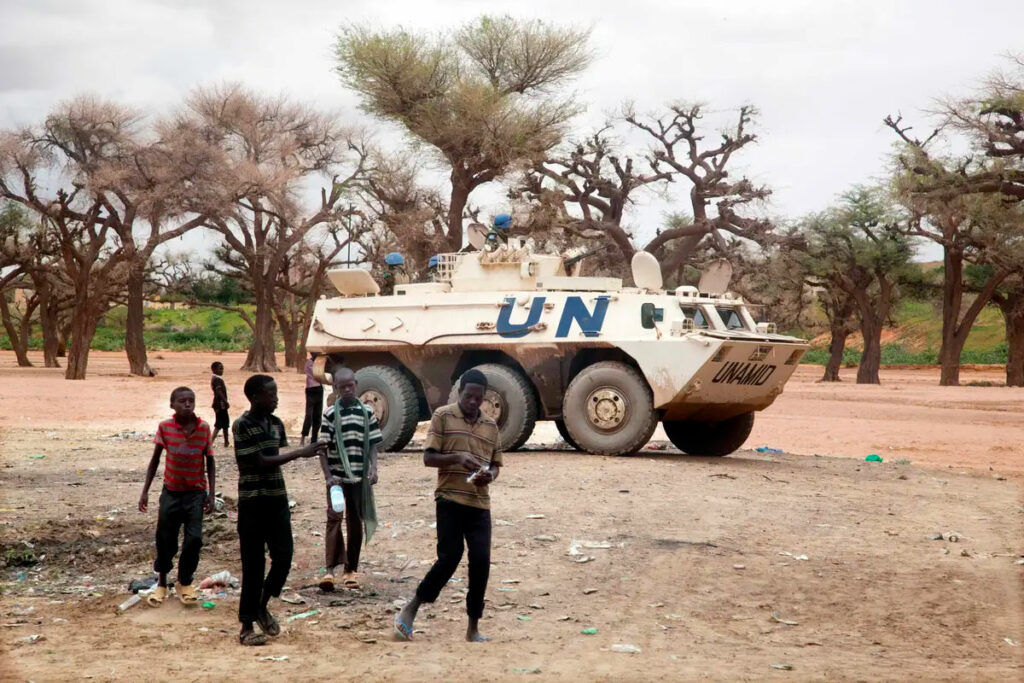
Consequences of the Darfur Conflict (2003–Present)
The Darfur conflict has produced severe humanitarian, political, and economic consequences, both within Sudan and internationally.
Humanitarian Impact:
Over 300,000 people have been killed, according to UN estimates, though other sources suggest the number may be higher. More than 2.5 million people have been displaced, many living in internally displaced persons (IDP) camps across Darfur or in neighboring Chad. Sexual violence has been widely used as a weapon of war, with thousands of reported cases involving women and girls. Basic services—healthcare, education, and clean water—remain scarce or nonexistent in large parts of the region.
Economic Collapse:
The conflict has devastated Darfur’s economy, which relies heavily on agriculture and livestock. Farmlands were destroyed or abandoned, and livestock was looted or killed. Trade routes were disrupted, and market towns were repeatedly attacked. Foreign investment dried up, and large portions of Darfur became inaccessible due to insecurity. Reconstruction costs are estimated in the billions of euros.
Political Fallout:
Domestically, the war in Darfur weakened central authority. It exposed deep divisions between Khartoum and Sudan’s peripheral regions. The prolonged conflict undermined trust in national institutions and fueled secessionist movements elsewhere, notably in South Sudan, which gained independence in 2011. It also contributed to the collapse of the transitional government following the 2019 revolution.
International Legal Action:
The International Criminal Court (ICC) issued arrest warrants for senior figures, including Omar al-Bashir, for genocide, war crimes, and crimes against humanity. Though Bashir was ousted in 2019, he has not been extradited. His indictment marked one of the few times a sitting head of state was charged with genocide. The ICC continues to pursue justice, but cooperation from Sudan remains inconsistent.
Ethnic Polarization:
The conflict deepened ethnic and tribal divisions, especially between Arab and non-Arab groups. Recurrent violence between communities continues to this day. Retaliatory attacks and localized conflicts occur frequently, especially in West Darfur, making long-term reconciliation unlikely without significant intervention.
Darfur today remains volatile, with large-scale displacement, fragmented armed groups, and a heavily armed RSF presence. The conflict has not officially ended, and the region remains a flashpoint in Sudan’s broader instability.
Back to the Wars section